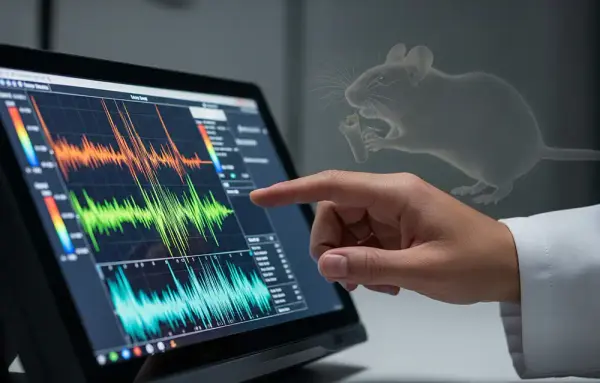Posting on behalf of my colleagues on the editorial board of JEP:HPP.
Call for Papers: Perspectives on Journal of Experimental Psychology: Human Perception and Performance
Important dates:
Letter of intent submission deadline: June 15, 2024
Invited manuscript submission deadline: Sept 15, 2024
Editor:
Jelena Ristic
Background:
In 2025, the Journal of Experimental Psychology: Human Perception and Performance will celebrate its 50th birthday. This is a momentous occasion for the journal which continues to serve as a pillar of the field of experimental psychology and cognitive psychology/neuroscience. Indeed, some of the most important and pioneering findings have been published in JEP: HPP and have in many ways shaped how we think about cognition today.
To mark this occasion, in addition to invited updated reviews on several of the most cited JEP:HPP papers and perspectives of the editors, we are also inviting you, the readers, to send us your perspectives on JEP: HPP.
Details:
We are interested in receiving proposals for 1,000-word Perspective articles from JEP: HPP readers (who may also be authors) on the topic(s) of how an article, a series of articles, or general ideas published in JEP: HPPhave shaped/changed/influenced their research or academic development. We are also interested in receiving proposals on topics other than these, for instance concerning the various roles JEP: HPP can play for the next 50 years.
We aim to start publishing the Perspectives quarterly in 2025.
If you are interested in contributing a Perspective, let us know by June 15, 2024, by writing to the Associate Editor Jelena Ristic at jelena.ristic@mcgill.ca (with “Perspective proposal” in the subject line). Please include the proposed topic and a brief outline for your proposed article.

